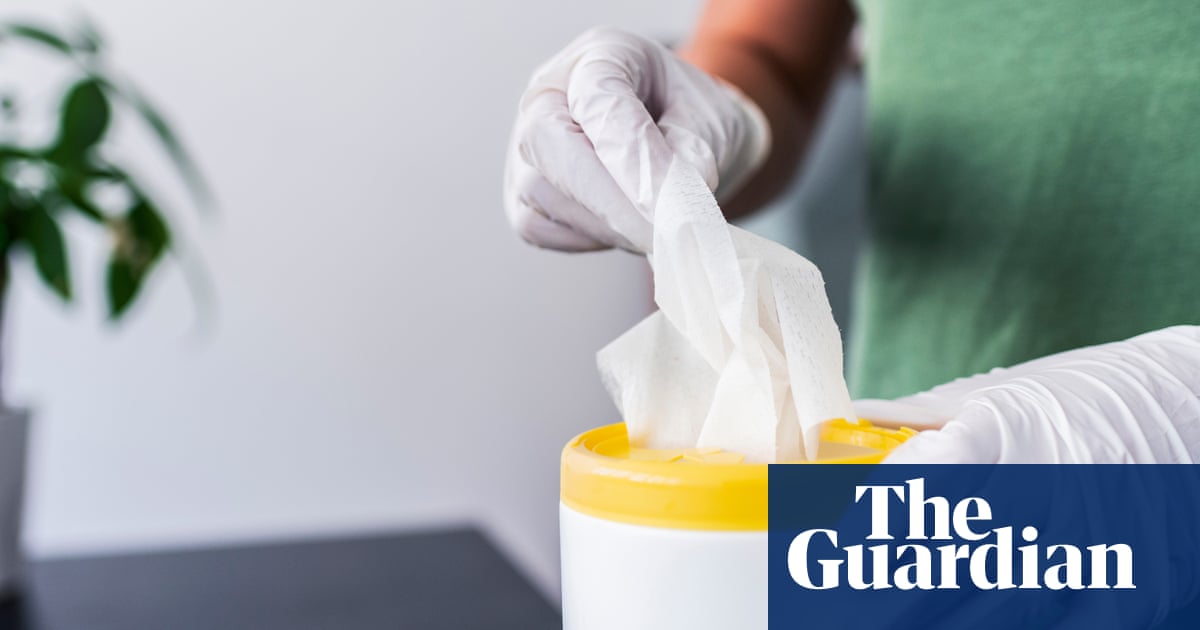- cross-posted to:
- [email protected]
- cross-posted to:
- [email protected]
Starch-based bioplastic that is said to be biodegradable and sustainable is potentially as toxic as petroleum-based plastic, and can cause similar health problems, new peer-reviewed research finds.
Bioplastics have been heralded as the future of plastic because it breaks down quicker than petroleum-based plastic, and is often made from plant-based material such as corn starch, rice starch or sugar.
The material is often used in fast fashion clothing, wet wipes, straws, cutlery and a range of other products. The new research found damage to organs, changes to the metabolism, gut microbe imbalances that can lead to cardiovascular disease, and changes to glucose levels, among other health issues.
The authors say their study is the first to confirm “adverse effects of long-term exposure” in mice.



Yup, this is why my printer is in an enclosure and always vents to outside no matter the filament I’m using.
Even though I kinda like the sweet smell of melted PLA. :(
It’s a Prusa MK4, so I’ll get it upgraded to the Core One to get it enclosed, and construct a vent.
Based on what I’m reading, the glass transition isn’t the issue, it’s the plastic itself. PLA is brittle, and taking supports off creates an incredible mess. I also use ASA, and while it seems to be less brittle, there’s still quite a mess. (Thankfully, ASA doesn’t breakdown to release the styrene until it hits 400C, and the extrusion temp is 260C. That means the accumulation of the microplastic doesn’t include the carcinogenic aspect, just the ones listed and suspected of micro plastics in general).
I used to use an SLA printer since I like making minis, but the resin started irritating the shit out of me, was insanely difficult to clean, and apparently the UV reactant is carcinogenic. I stopped using that entirely 4+ years ago (maybe used it for 6 months irregularly). I want another, but not without a much better workspace and proper ventilation. Except it, as well, results in a resin copolymer that I would find extremely likely to cause the same micro plastic hazard.